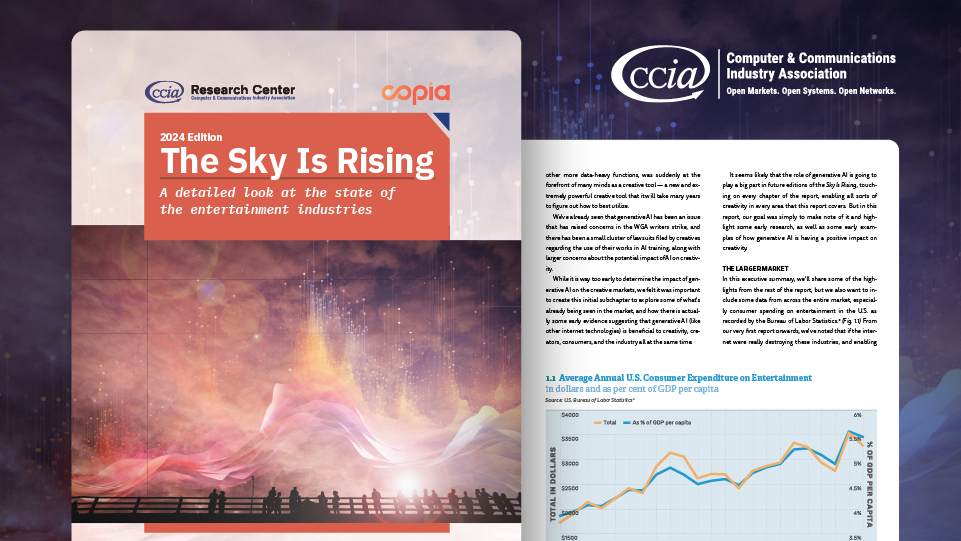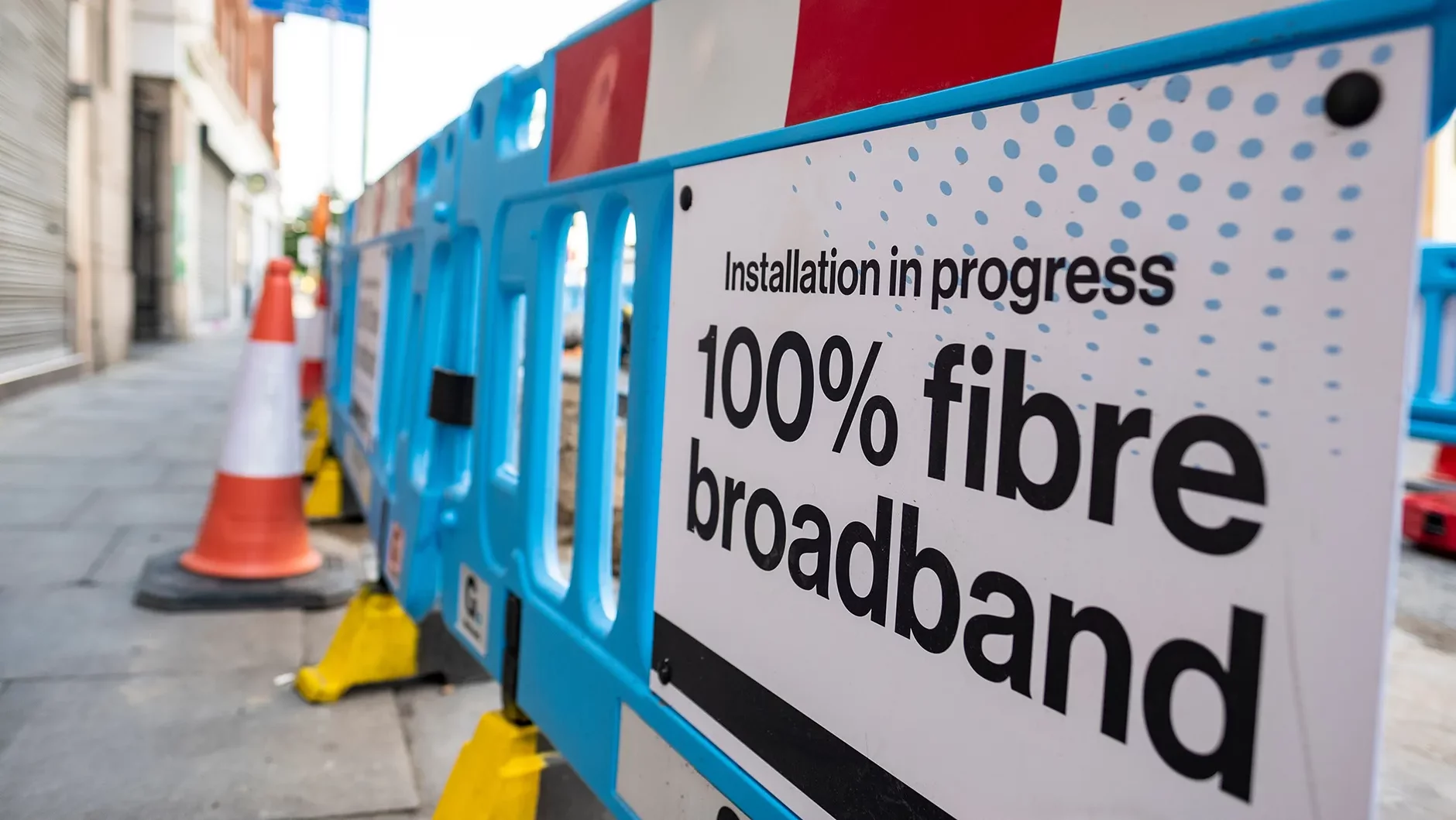Value growth, not value gap
Latest record industry figures confirm 4 years of consistent revenue growth – if you look at the right numbers.
Tales of the music industry’s demise appear to have been vastly exaggerated. Last week the Recording Industry Association of America (RIAA), an industry group of major record labels, published its revenue figures for 2016. So how do they look? Quite different from the “value gap” the music industry is allegedly experiencing. Instead, RIAA data shows that the cost savings of digital distribution are passed on to consumers and labels alike, and labels are seeing increasing growth as a result.
In the RIAA’s own words, the wholesale value of music is the “better metric of the revenues that are going to music labels for sales and listening” (Josh Friedlander Sr. VP Strategic Data Analysis for the RIAA, here). In other terms, wholesale value takes into account all revenues paid to record labels – from physical sales, streaming and other sources.
Last year, the RIAA’s wholesale revenues grew a staggering 9.3%. Looking at past data published by the RIAA, this is at least the fourth year of consistent revenue growth for the music industry. That looks nothing like a value gap.
Source: RIAA 2013, 2014, 2015, 2016
Quite the opposite, the main drivers for the growth of record labels’ revenue are digital services and streaming services.
Creative calculations to talk up the value gap…
So how can we explain the difference between this growth and what the RIAA and IFPI have been saying about a “value gap” (see below)? It could be that the rest of the world is dragging revenue down – although that is unlikely, as many regional markets are growing. The continued use of creative calculations may better account for the difference between the value gap story and the reality of the music label’s revenues.
To make the case that there is a value gap, and that record labels are entitled to more money, it’s easier to talk only about “retail value”, instead of wholesale value. According to the RIAA, retail value is “the value of shipments at recommended or estimated list price”. It’s not the money the labels get, it’s an educated guess of what consumers ultimately pay for music – when a price is paid. This raises many issues (see here and here):
- There is no “retail value” for ad-funded models such as free to air radio or TV or ad-funded streaming services – instead the RIAA just adds up wholesale revenue for those services to retail revenue from other channels (and other “apples and oranges” comparison).
- Further, “retail revenue” is essentially a guess – the industry does not know what consumers eventually pay.
- More importantly, it is a wildly inaccurate proxy for revenues that labels make. They take a bigger share of the “retail value” in the digital world than they did in the analog era. The simple reason is that distribution and production costs are consistently lower in digital. 66% of revenues from a digital download now go to the artist and label, compared to around 32% for CD sales (here).
… yet industry data shows market that works better for consumers and labels.
In fact, the RIAA data shows all the signs of a healthy music market delivering more for consumers and for record labels.
True, there are some distortions in the digital music market. Record labels take the lion’s share of music rightholders’ revenue – taking up to 5 times what publishers and collecting societies take. Artists complain that their contracts do not reflect the lower cost structure of record labels, instead getting royalty rates based on old CD sales models. Furthermore, artists and their managers have condemned labels for years for not sharing with them the detailed and valuable data provided by music services, cutting them off from essential insights into how their music is used (Music Managers Forum report).
Nonetheless, a market where music consumption is up and offers more choice than ever before, and where the amount record labels make (wholesale value) increases at a higher rate than the amount paid by consumers (retail value) is a very healthy market. One where the efficiency savings of digital are passed on to both consumers and to record labels.
And yet despite focussing on the conveniently elastic notion of “retail value”, even the recorded music industry eventually has to confess some growth – as shown below:

Source: Music Industry Performance in 2015 – IFPI








